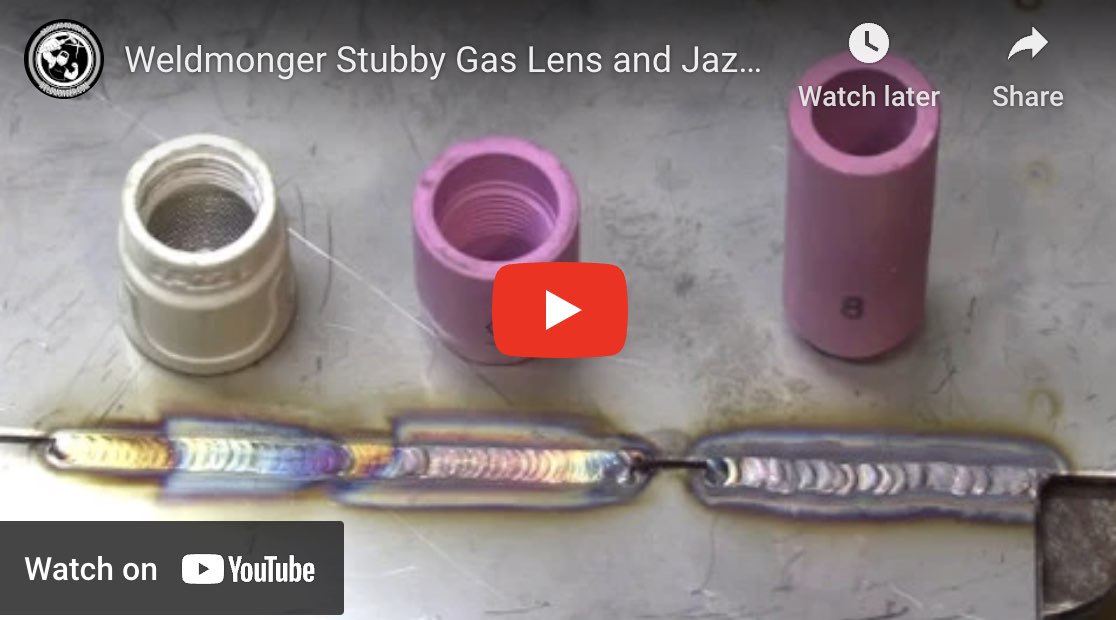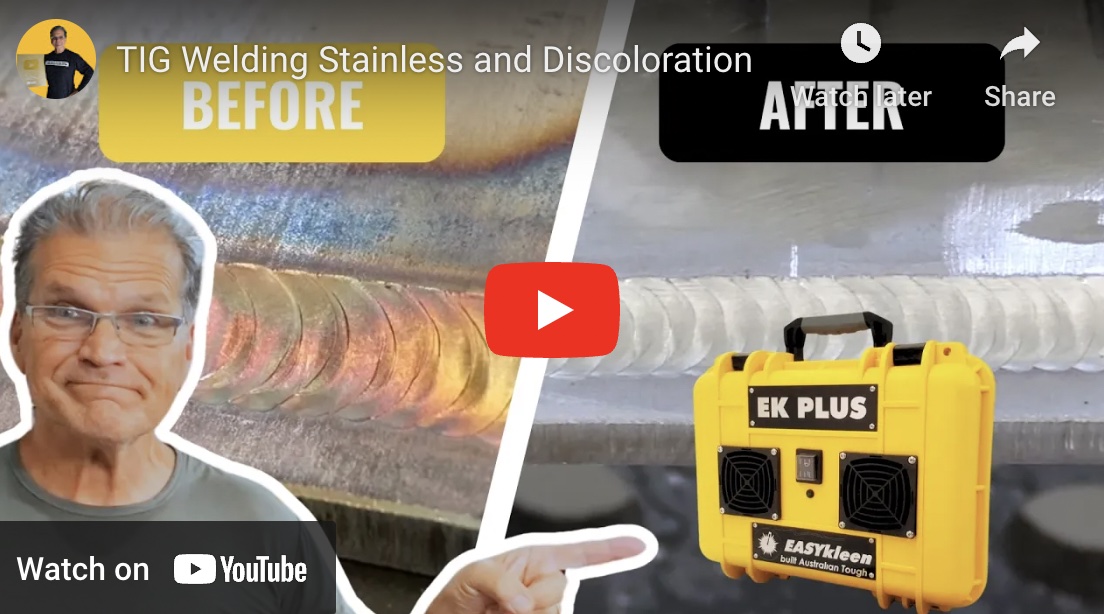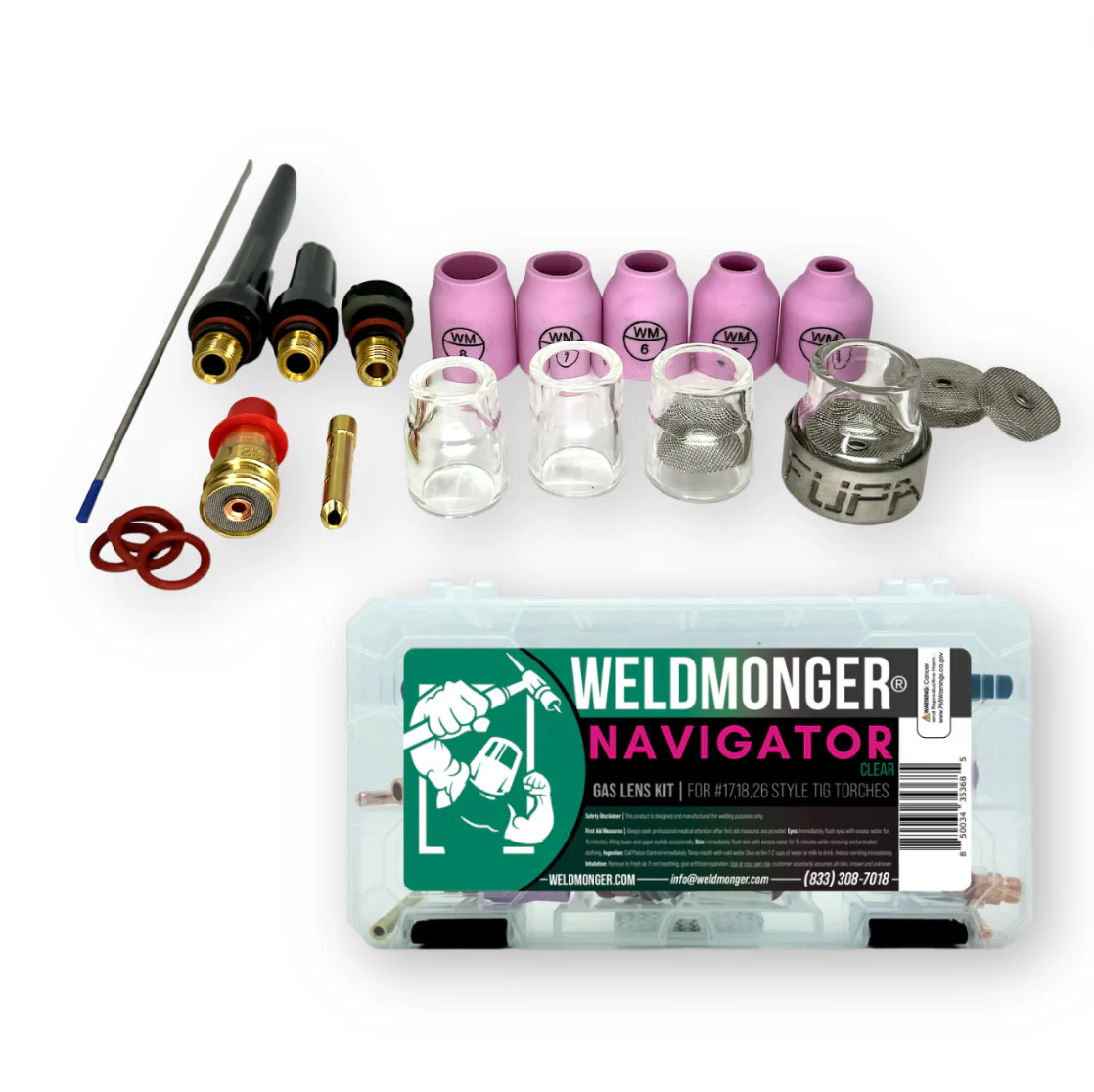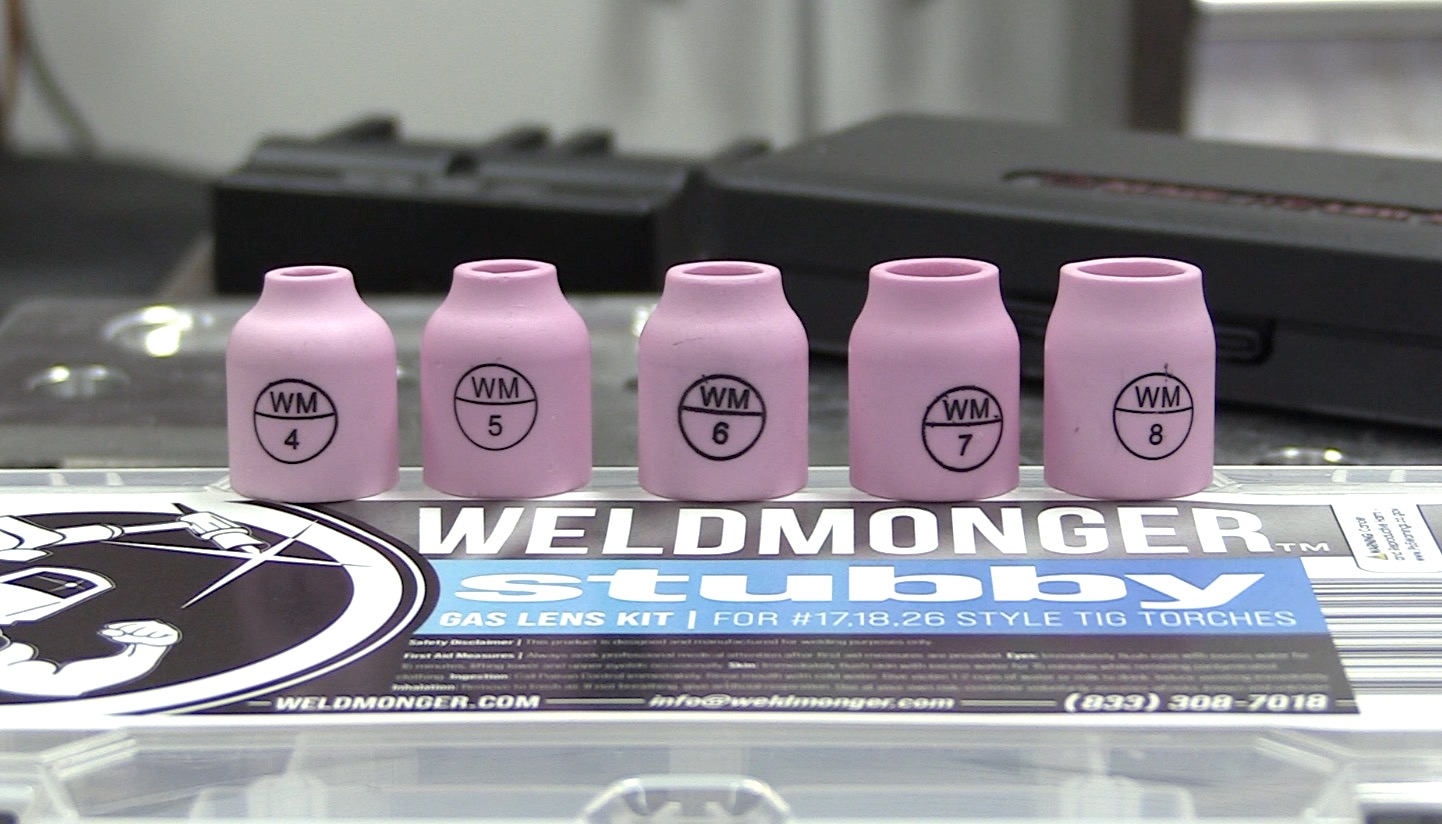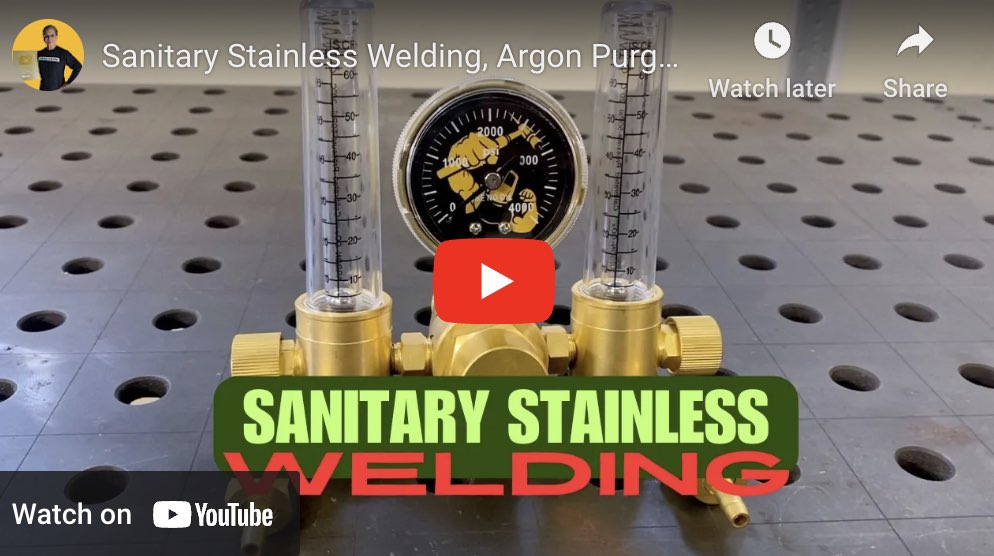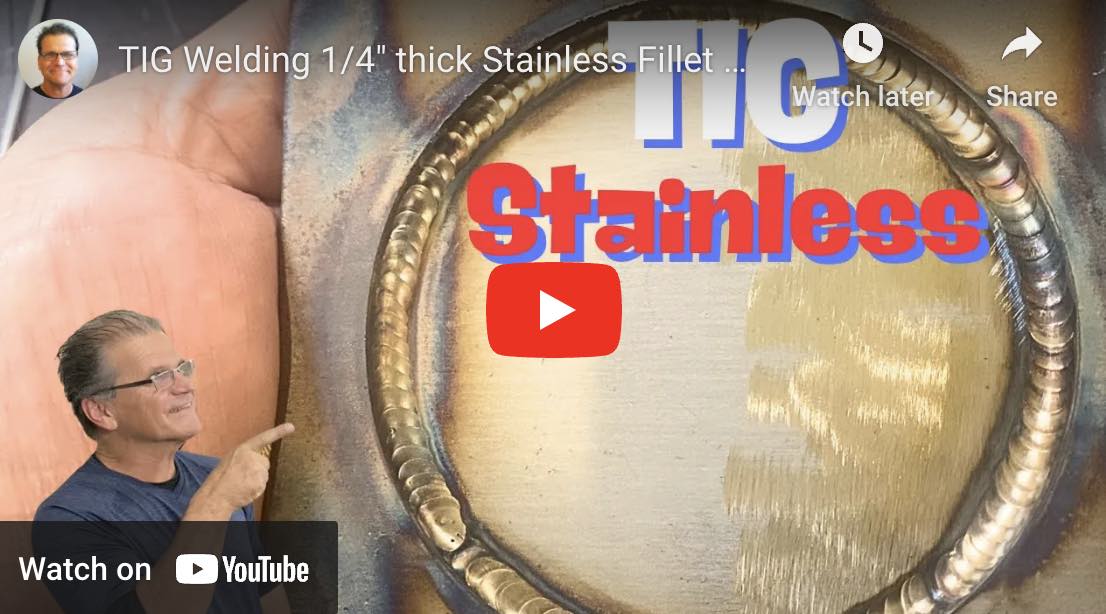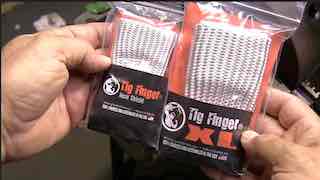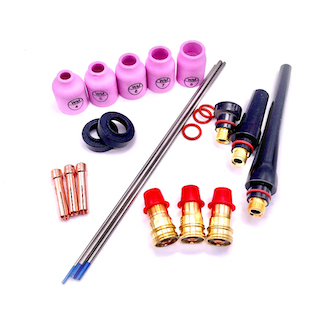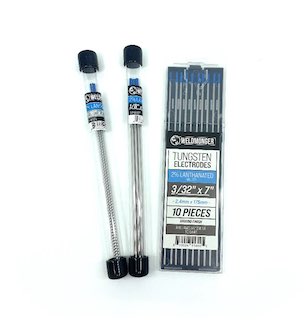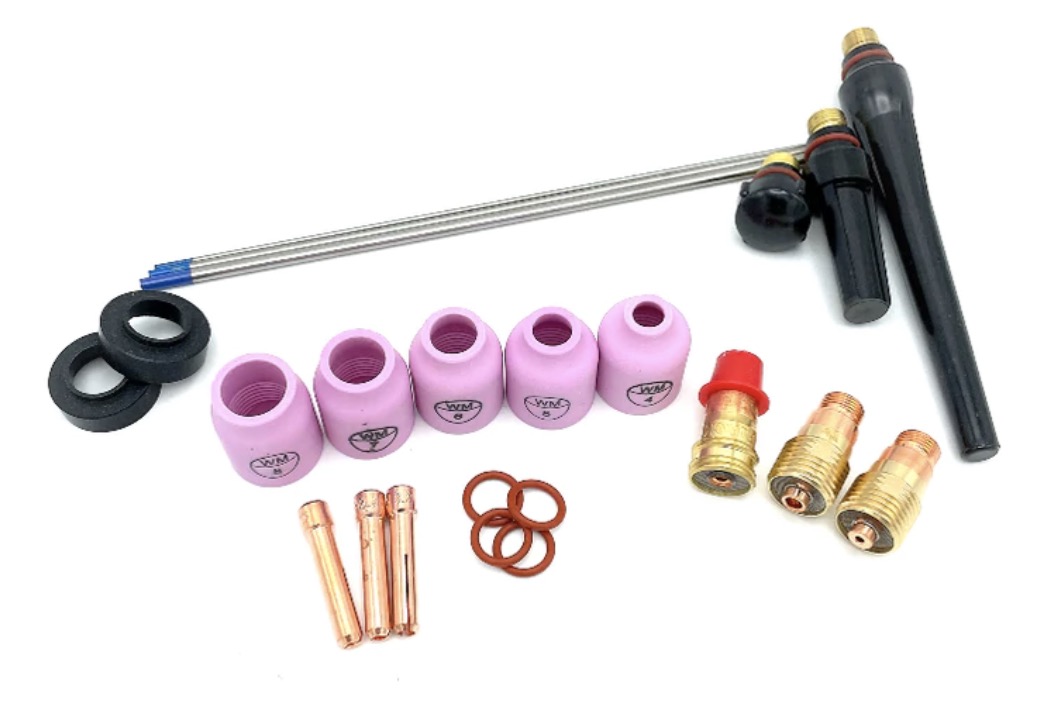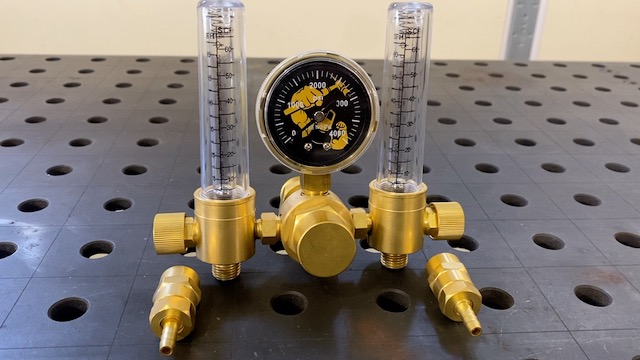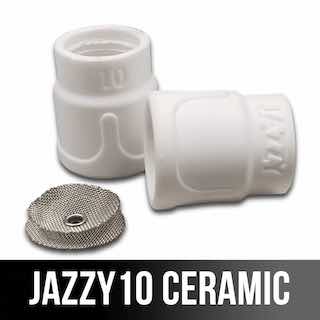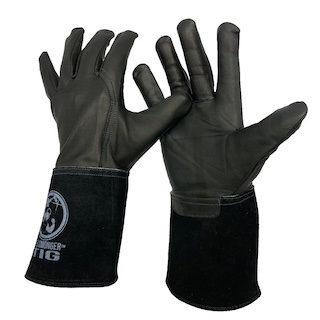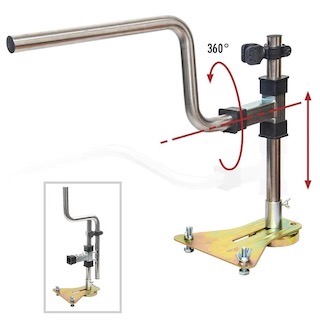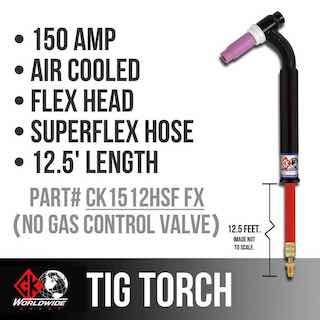How to Weld Stainless
- HOME
- Tig Welding Stainless
- Tig Welding Stainless Steel
- How to Weld Stainless
scroll down for videos on how to TIG weld Stainless
The videos on this page show best practices for TIG welding stainless steel and maintaining corrosion resistance.
If you can already TIG weld carbon steel, then learning how to weld stainless can be a pretty easy transition.
It boils down to recognizing and following a few extra steps and best practices in order to maintain the stainless properties.
- HOME
- Tig Welding Stainless
- Tig Welding Stainless Steel
- How to Weld Stainless
If you are still using the standard TIG cups and hardware that came with your machine or TIG torch, I can just about guarantee you will get better results if you upgrade to a weldmonger® stubby gas lens kit.
How to Weld Stainless Sanitary tubing
To make high quality, visually clean, and corrosion-resistant stainless welds, focus on these 4 things:
- Proper argon gas shielding to prevent oxidation and excess discoloration
- Preventing distortion
- Purging the penetration side with argon
- Maintaining stainless properties
Giving attention to these will not only improve the quality of your welds but also ensure that your stainless steel maintains its durability and corrosion resistance.
1. Argon Gas Shielding to Prevent Discoloration
One of the most common things we deal with in stainless steel TIG welding is heat tint or excessive oxidation, which appears as a discoloration near the weld bead. This happens when stainless is exposed to oxygen at high temperatures, causing the chromium in the material to oxidize and lose its corrosion resistance.
How to Ensure Proper Gas Shielding
First off, remember that stainless loves argon
Use 100% Argon – Stainless steel TIG welding requires pure argon ( there are specialty applications and procedures that specify small addition of hydrogen or nitrogen but those procedures are rare)
Set Proper Flow Rates – Argon Flow rate is mostly determined by cup size used. Typically, 2-3 CFH (cubic feet per hour) per cup number is ideal, but if you're welding outside or in a drafty area, you may need to increase the flow slightly. example: a #10 cup requires 20-30 CFH and a #12 cup requires 24-36 CFH.
Use a Gas Lens – A gas lens improves argon coverage by creating a laminar flow, reducing turbulence, and providing a more even shield around the weld.
There are cups that also add another layer of diffuser screens like Furick cups. Furick cups like the jazzy 10, Fupa12, MK14, and BBW have become extremely popular for stainless steel tig welding because when used properly, can limit discoloration and they allow for a much longer electrode extension than standard gas lens cups.
Hold a Tight Arc – Keeping a short arc length (aim for equal to your tungsten diameter) not only pinpoints the arc, but it helps maintain good gas coverage over the molten puddle and prevents atmospheric contamination.
If gas shielding is poor, the weld will turn blue, brown, or even black, indicating excessive oxidation. This erodes the stainless steel’s corrosion resistance and requires additional cleaning with a stainless steel wire brush or a weld cleaner like an EASYkleen or Surfox system.
2. Preventing Distortion in Stainless Steel
Stainless steel distorts more than carbon steel.
Unlike plain carbon steel, stainless steel has low thermal conductivity, meaning heat doesn’t dissipate as quickly. Instead, heat concentrates in the weld area, causing the material to expand and contract rapidly, leading to warping and distortion.
How to Minimize Distortion
Use a Lower overall Heat Input – Both amperage and travel speed affect overall heat input. Stainless retains heat longer than carbon steel, so using too much amperage will cause excessive warping. But using too low an amperage can also be a problem because it slows down travel speed to the point where heat input is higher due to slow travel speed.
Start with 1 amp per 0.001" of material thickness ( up to around .125") and adjust as needed. Get your puddle established and get traveling within 2 seconds with the right amperage and you will avoid heat buildup.
Backstep Welding Technique – Instead of welding from one end to the other, weld in short sections in the opposite direction to spread out heat evenly.
Clamp the Material Properly – Use heat sinks, chill bars, or strong clamps to hold the workpiece in place and absorb excess heat.
Use Pulsed TIG Welding – If your machine has a pulse function, set it to around 1-2 pulses per second to reduce heat input while maintaining good fusion.
Preventing distortion is key to maintaining dimensional tolerance. as well as structural integrity and aesthetics of stainless steel welds, especially on thin materials like food processing tables, exhaust systems, food-grade piping, and aerospace components.
3. Purging the Penetration Side with Argon
When welding stainless steel pipe, tubing, or sheet metal with full penetration, the back side of the weld is exposed to atmospheric oxygen, leading to oxidation and contamination. To prevent this, argon purging is used to flood the back side of the weld with shielding gas. ( usually argon)
How to Properly Purge Stainless Welds
✔ Use as Low a Flow Rate as is practical – for small diameter stainless tubing, A flow of 5–10 CFH is usually enough to displace oxygen without wasting gas. higher flow rates can be used at first to speed up the purging time and a diffuser helps. Large diameter stainless pipe might require higher flow rates but purge dams can help with that.
✔ Seal the Area – Use aluminum tape, high temp powder coat tape, or purge plugs to keep argon inside and prevent air from re-entering.
✔ Purge Until the Weld Is Cooled enough to prevent discoloration – If you remove the purge too soon, oxidation can still occur. Keep the purge running until the metal cools below 250°F.
Without proper purging, the weld’s back side will have excessive oxidation (sugaring), weakening the joint and reducing its corrosion resistance. A good purge is critical for sanitary welds in food, pharmaceutical, and chemical applications, where contamination must be avoided.
4. Maintaining Stainless Properties After Welding
Stainless steel gets its corrosion resistance from chromium content (at least 10.5%), which forms a protective chromium oxide layer when exposed to air. However, improper welding techniques can damage this layer, making stainless steel vulnerable to rust and corrosion.
Best Practices for Maintaining Stainless Properties
✔ Avoid Carbon Steel Contamination – Never use the same wire brush or grinding tools on stainless that were used on carbon steel, as this can transfer iron particles, causing rust spots later.
✔ Pickling & Passivation – If heavy oxidation occurs, use pickling paste to remove it and passivation solutions to restore the chromium oxide layer.
✔ Use the Right Filler Metal – Match the TIG filler rod to the base material (e.g., ER308L for 304 stainless, ER316L for marine-grade stainless, either 321 or 347 filler can be used for 321 ss).
By following these steps, your stainless welds will remain strong, clean, and corrosion-resistant, ensuring they perform as intended in any environment.
TIG welding stainless steel isn’t just about melting metal together—it’s about protecting the material while achieving the best possible weld quality. If you master gas shielding, distortion control, purging, and stainless preservation, you’ll consistently produce clean, strong, and professional-grade welds.


